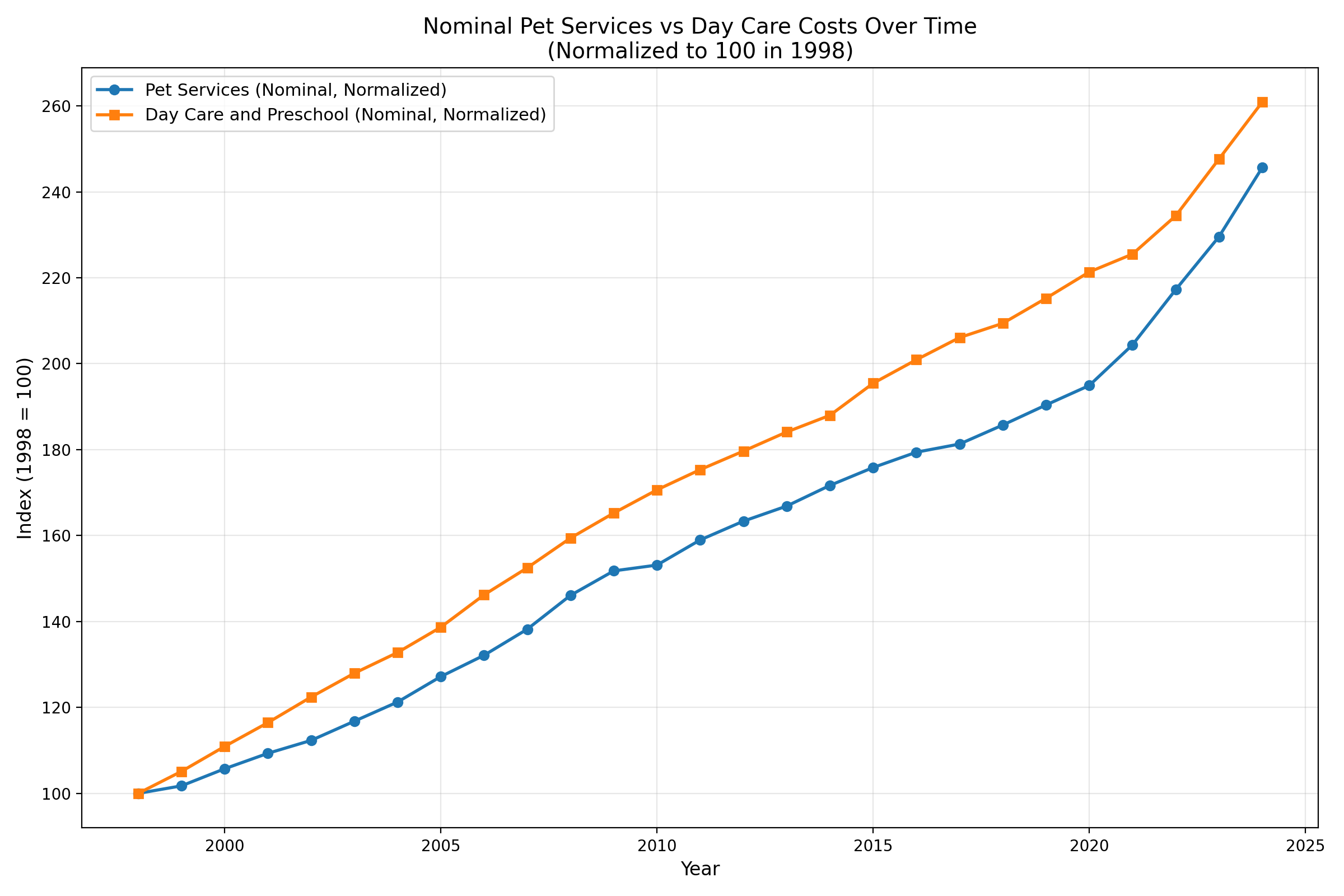LLVM integrated assembler: Engineering better fragments | MaskRay
In my previous assembler posts, I've discussed improvements on expression resolving and relocation generation. Now, let's turn our attention to recent refinements within section fragments. Understanding how an assembler utilizes these fragments is key to appreciating the improvements we've made. At a high level, the process unfolds in three main stages:
When the LLVM integrated assembler was introduced in 2009, its section and fragment design was quite basic. Performance wasn't the concern at the time. As LLVM evolved, many assembler features added over the years came to rely heavily on this original design. This created a complex web that made optimizing the fragment representation increasingly challenging.
I've included the start year for each feature to indicate when it was initially introduced, to the best of my knowledge. This doesn't imply that maintenance stopped after that year. On the contrary, many of these features, like RISC-V linker relaxation, require ongoing, active maintenance.
Despite the intricate history, I've managed to untangle these dependencies and implement the necessary fixes. And that, in a nutshell, is what this blog post is all about!













